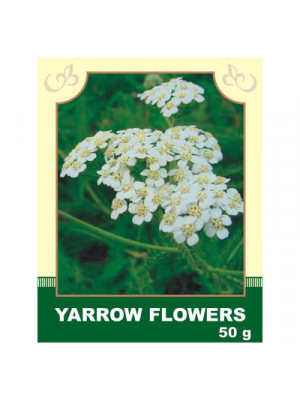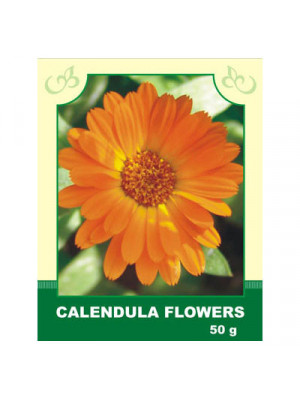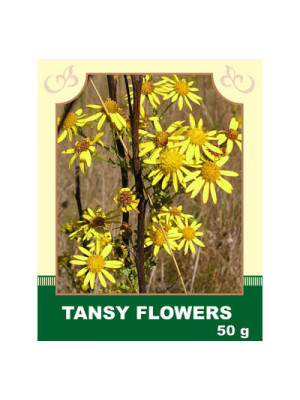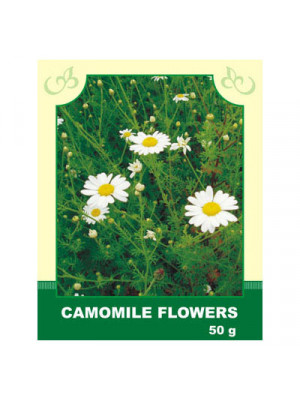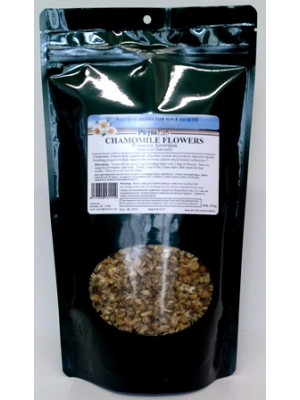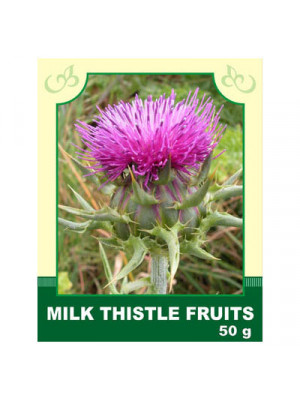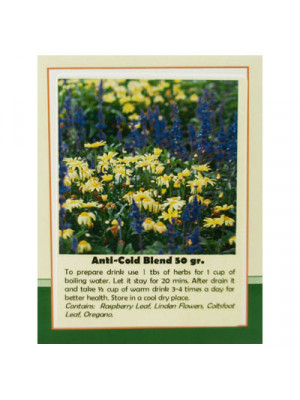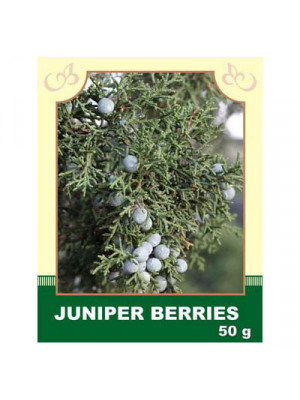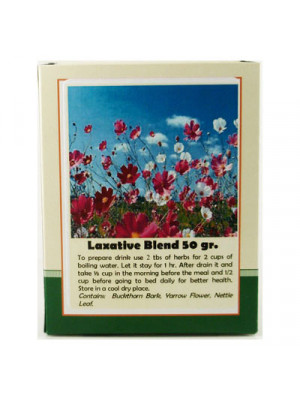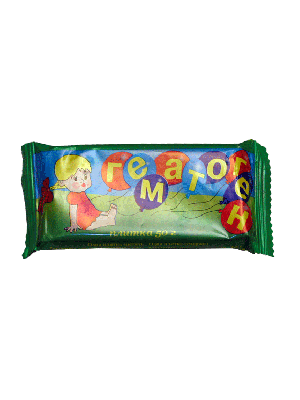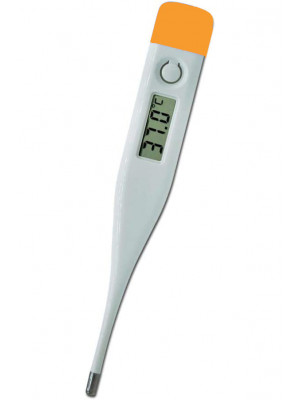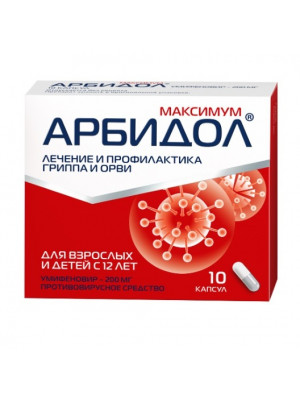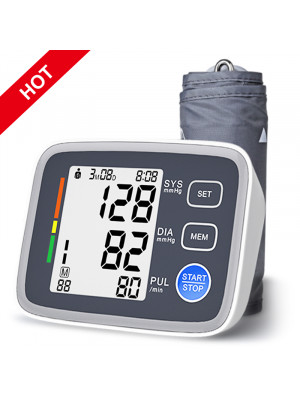Search results for 'Chamomile Flowers 50 g'
Internally: Taken as a hemostatic agent for intestinal and uterine bleeding, dysentery, inflammatory diseases of the bladder, ovaries, gastritis with low acidity, diarrhea, ulcers of the stomach and duodenum, liver diseases, hepatitis, cholecystitis, and angiocholitis, cough, and colds. Also used as a calming remedy for neurosis, hysteria, and hypertension.
Method of application and doses: Decoction - 1 teaspoon in 250 ml of boiling water, simmer for 5-10 minutes over low heat, strain. Drink 1/2 cup 3 times a day. Tincture: 30 g of dry herb is infused in 100 ml of vodka, infused in a dark place for 1 week, strained, and taken in 20-30 drops 3 times a day before meals for dysmenorrhea, angina, and intestinal spasms.
Externally: The decoction of yarrow is very effective when used locally for small cuts, abrasions, scratches, toothache, herpes, focal baldness, and lichen. For bleeding from the eroded cervix, tampons soaked in yarrow infusion or decoction are used. In cases of prolapsed hemorrhoids and bleeding hemorrhoids, compresses soaked in a cold yarrow decoction are applied.
Contraindications: Individual intolerance, during pregnancy, and for those suffering from allergies.
$6.99Internally, it is taken for gastritis, enterocolitis, stomach and duodenal ulcers; for inflammatory diseases of the liver and kidneys; in the treatment of heart diseases accompanied by palpitations, edema, and shortness of breath.
Method of application and dosage: 2 tablespoons of raw material are poured with 400 ml of boiling water, infused for 2 hours, strained, squeezing the plant material. The resulting infusion is brought to the original volume with boiled water. Take 1/2 cup 3 times a day.
Externally, in the form of rinses, douching, enemas, and compresses, it is used for diseases of the mucous membrane of the mouth and throat, gingivitis, thrush in children; for conjunctivitis; for abundant whites in women; for the treatment of wounds, burns, and ulcers on the body, in oncology. 20-40 g of raw material is poured with 200 ml of boiling water, heated in a boiling water bath for 15 minutes, infused at room temperature for 45 minutes.
Contraindications: individual intolerance, with low blood pressure.
$5.20Internally, it is taken as an antipyretic and sedative for cramps in rheumatism and polyarthritis, headaches, hypochondria, epilepsy; as an antiparasitic remedy for expelling roundworms and pinworms; as a cholagogue for liver and gallbladder diseases, as well as for kidney and bladder inflammations, menstrual cycle disorders, and nervous excitement.
Method of application and dosage: Decoction - 2 tablespoons of finely chopped raw material, pour 0.5 liters of boiling water, simmer on low heat for 10 minutes, let it infuse for half an hour to an hour, and drink 1/4-1/3 cup three times a day 20-30 minutes before meals.
The infusion of tansy is prepared in the same proportion. It is usually taken in 1/4-1/3 cup three times a day. In case of peptic ulcer disease, the dose of infusion and decoction can be increased to 1/2 cup per intake.
Externally, it is used for treating purulent wounds, ulcers, bruises, rheumatism, scabies, and for washing the head in case of pediculosis (lice infestation). Steep 1 tablespoon of flower heads in 400 ml of boiling water for 2 hours.
Contraindications: Individual intolerance, not recommended during pregnancy and for children of a younger age. The plant is potent, strict dosage is required.
$5.50Internally: Taken for insomnia and migraines, gastrointestinal disorders, liver and bile duct diseases, meteorism, stomach spasms, diarrhea, menstrual disorders, and as a diaphoretic for colds.
Method of application and dosage: Steep 1 tablespoon of raw material in 200 ml of boiling water, infuse for 20-30 minutes, strain, squeezing the remaining raw material, take 2-3 tablespoons 3-4 times a day.
Externally: Used as an enema for colitis and hemorrhoids; as rinses for inflamed gums, mucous membranes, angina; as compresses for eczema, ulcers, boils; as a footbath for rheumatism, gout, arthritis, and bruises. For rinses and washes: steep 1 part of the herb in 20 parts of boiling water, infuse for 20-30 minutes, strain, and use as directed. For compresses and baths: steep 1 part of the herb in 10 parts of boiling water, boil for 15 minutes in a water bath, infuse at room temperature for 45 minutes, strain, squeezing the remaining raw material, and use as directed.
Contraindications: Individual intolerance. Do not wipe your eyes with chamomile infusion.
$6.99
Description. Chamomile has been known of since ancient times and has been called the plant's physician because ailing garden plants recover when it is planted close to them. Chamomile is one of the most widely used ingredients in herbal teas worldwide. An infusion of the flowers is taken internally as an anodyne, anti-inflammatory, antiseptic, antispasmodic, carminative, cholagogue, diaphoretic, emmenagogue, febrifuge, sedative, stomachic, tonic and stimulating metabolism. In particular it is an excellent herb for various digestive disorders, nervous tension and irritability and is also used externally for skin problems. Use. An infusion is particularly useful as a stomachic, nervine and sedative for young children, especially when they are teething. It is also used for irritable bowel syndrome, peptic ulcers and hiatus hernia. In large doses, or when taken regularly for several times each day, the tea can be emetic and can also cause the symptoms it is intended to cure. The flowers are also used externally to treat wounds, sunburn, burns, hemorrhoids, mastitis and leg ulcers. We believe that every home should have therapeutic chamomile in their medicine cupboard - especially where there are young children.
Warning! Before using any herbal products, make sure that you have full knowledge of how the herb works and any adverse reaction it may cause.$9.99
Description. Milk thistle is also known as St. Mary's thistle and lady's thistle. As the legend says it was St. Mary who gifted Milk Thistle to people. Milk Thistle is powerful in reconstruction of liver cells, it also is an antioxidant, and stimulates milk formation. Milk thistle fruits contain a mixture of flavonolignans. The fruits also contain fixed oil (a combination of fatty acids that are solid at room temperature), mucilage, protein and taxifolin (a chemical with unknown significance). Milk Thistle has been used as a therapy for many illnesses since ancient times. Use. Milk Thistle Herb is used for functional disorders of the liver and gallbladder. It is considered especially helpful in cases jaundice, colitis, pleurisy, and diseases of the spleen. Milk Thistle Fruit are used by some for the treatment of dyspeptic symptoms, loss of appetite, liver and gall bladder complaints including inflammation of the gall bladder duct, toxic liver disease and hepatic cirrhosis. It helps reduce outbreaks of Psoriasis. The National Cancer Institute and the National Institute of Nursing Research are also studying milk thistle, for cancer prevention and to treat complications in HIV patients.
Attention! Before using any herbal products, make sure that you have full knowledge of how the herb works and any adverse reaction it may cause.$4.99Composition: raspberry leaves, linden flowers, mother-and-stepmother, thyme.
Eliminates symptoms of flu and cold, has anti-inflammatory, expectorant, and antipyretic effects.
$6.99Internal use:
Take it internally for bronchitis, tracheitis, laryngitis; neuralgia, rheumatism, gout; gastroenteritis; chronic pyelitis, cystitis, and in the treatment of gallstone disease.
Application and dosage: Pour 1 tablespoon of dried fruits with 200 ml of boiling water, boil in a water bath for 15 minutes. Infuse for 45 minutes at room temperature, strain, squeezing out the remaining raw material. The finished infusion is brought to the original volume with boiled water and taken 1 tablespoon 3-4 times a day after meals.
External use:
Externally used in gynecology for douching with colpitis and bacterial vaginosis in women, as well as in the form of baths for the treatment of neuralgia, rheumatism, gout, scabies, and eczema. For baths: pour 100-200 g of dried fruits or young shoots with 1 liter of water, boil for 5 minutes, infuse until cooled, strain, and pour into the bath. For douching: pour 20 g of dried fruits with 1 liter of boiling water, boil for 5 minutes, strain, cool, and use as directed.
Contraindications: Individual intolerance, in case of acute kidney inflammation, and during pregnancy. Consult a specialist before use.
$6.99- Contain: Buckthorn Bark, Yarrow Flower, Nettle leaf.
Attention! Before using any herbal products, make sure that you have full knowledge of how the herb works and any adverse reaction it may cause.$5.40 - Hematogen works to correct metabolic processes and possesses valuable protein, fats, carbohydrates and minerals in proportions analogous to the composition of human blood. In addition Hematogen contains all the amino acids in a proportion optimal for the human body and promotes healing. This product stimulates the production of blood cells, contributes to the absorption of iron in the intestines, increases hemoglobin content in the blood, improves the morphologic characteristics of the red blood cells and raises the content of the iron storage protein "ferritin" in blood plasma. Use in cases of iron deficiency, anemia, traumatic injury of soft tissues and bones, hemorrhage, slowly healing wounds (post-operational, post-infections and other sicknesses). Recommended dosage: Internal use 1 to 2 plates 2 to 3 times daily. Do not use in cases of non-iron deficient anemia. Side effects include nausea and diarrhea.$4.99


